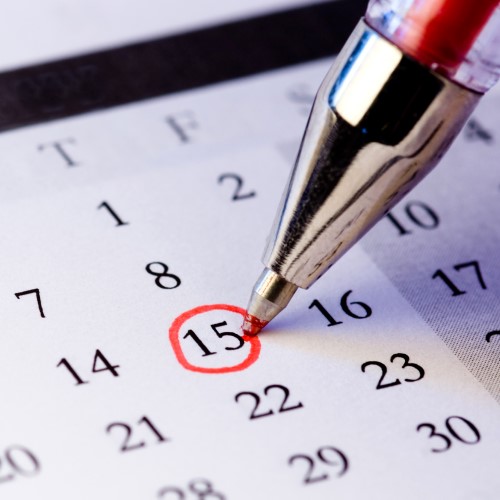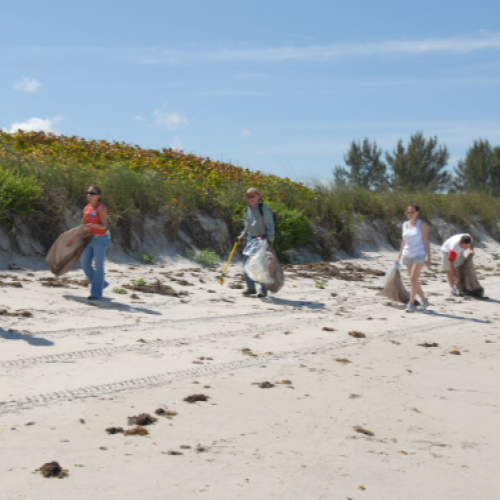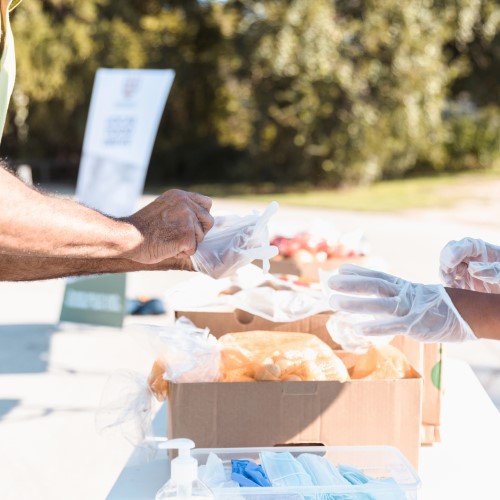Taking action for a brighter future: Celebrating Earth Day 2023 with a community cleanup
Taking action for a brighter future: Celebrating Earth Day 2023 with a community cleanup
Sammi Bradley, Digital Communications Coordinator, Optica
Sustainability is the key to a brighter future. Every year, 22 April marks Earth Day to celebrate the modern environmentalist movement and mobilize people around the world to take decisive action on climate change. From its beginnings in 1970, Earth Day has grown to be recognized by more than one billion people yearly.
Want to support environmentalism too? Consider organizing or attending a community cleanup!
Community cleanups are events where groups of people come together in a public location, like a park or beach, to collect and dispose of waste.
Here's how you can begin:
1. Pick a place, date and time
Consider a public park, river, beach or other location accessible by public transportation or bike during the daytime.
Take into consideration the locations of public bathrooms, or if you need to rent a portable bathroom.

2. Organize planners
Who’s leading the cleanup? Think about who you want to attend, like your friends or family, an organization, local governments or others.
Having site captains who designate roles can help streamline the process.

Caption: Volunteers spend their afternoon picking up debris from more than 6 miles of central Florida's shoreline.
Photo credit: NASA/Dimitri Gerondidakis
3. Get volunteers
Get people together! Try using social media sites like Facebook or Instagram to make an online presence known. You can place flyers in your neighborhood or on a public bulletin board for offline publicity.
Make sure people know:
- Location
- Time
- Weather. Rain or shine?
- Ask for donation of supplies like pickers and gloves
- Wear closed toe shoes
- Bring a reusable water bottle
You can also call local newspapers or radio stations to report on the event to raise awareness surrounding the importance of cleaning pollution or encourage others to join cleanups.

4. Gather supplies
Trash bags, water and snacks, first aid kits, sanitizers, rubber gloves, signage, pickers and places to sit are all important parts of a community cleanup.
Refreshments are also important to keep people moving! Snacks like granola bars and fruits are a good place to start, and always remember to drink plenty of water.

5. Safety and orientation
Safety first! Make sure people are working together, wearing closed toe shoes, wearing sunscreen and drinking water alongside other safety concerns.
Be aware of environmental hazards like deceased animals, broken glass and needles. Delegate certain tasks to volunteers like cleanup and disposal.

6. Disposal
Make sure you have a place to dispose of the waste you’re cleaning up. Call your local waste management facility, which generally has a program to work with cleanup events.
You can also sort trash into recyclables and hazardous materials.
If you’re not sure where something should go, consult your local waste management facility for guidance.

7. Waivers
No one wants something to go awry, but it’s always a possibility. In case anything goes wrong, it’s important to have a waiver.

Can’t attend or organize a cleanup? Crack open a book!
Last year, in 2022, we put together a list of ecologically-focused books to help you build a foundation for the environmentalist movement! It includes 18th century poetry all the way to a 21st century analysis of climate change.
Happy Earth Day! Remember to take some time to appreciate the incredible planet we live on and how we can make it a better place.
